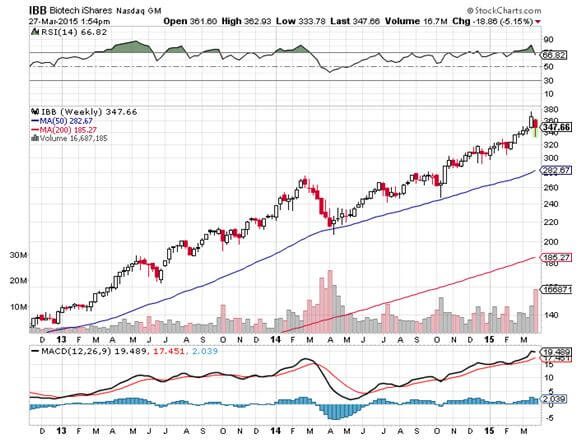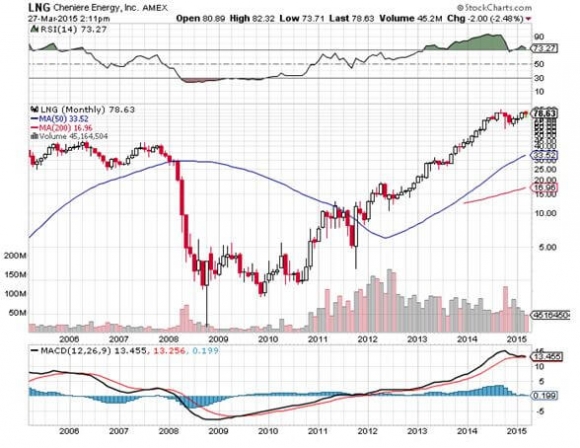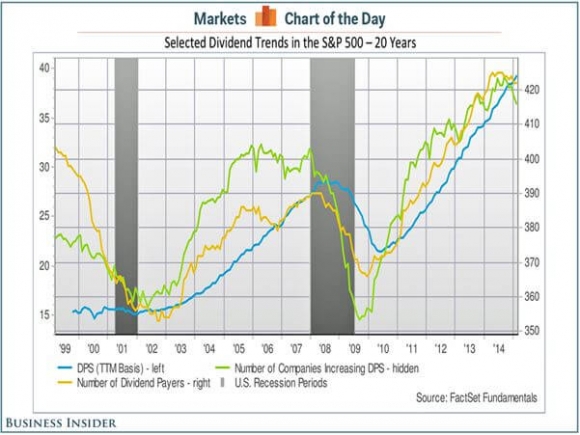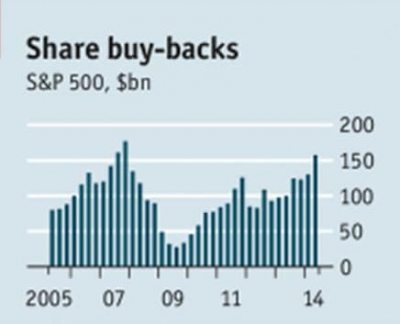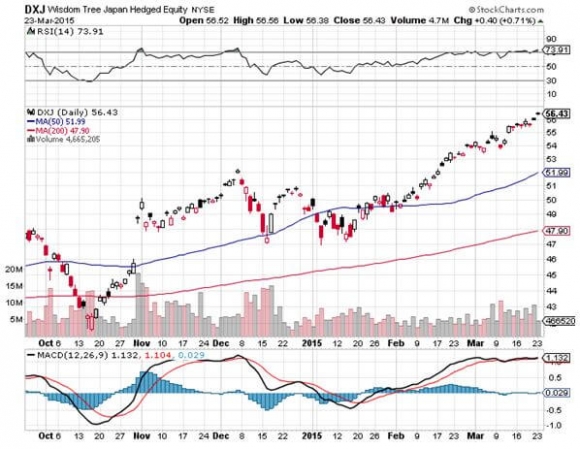
Come join me for lunch at the Mad Hedge Fund Trader?s Global Strategy Update, which I will be conducting in Honolulu, Hawaii on Friday, April 3, 2015. An excellent meal will be followed by a wide-ranging discussion and an extended question and answer period.
I?ll be giving you my up to date view on stocks, bonds, currencies, commodities, precious metals and real estate. And to keep you in suspense, I?ll be throwing a few surprises out there too. Tickets are available for $208.
I?ll be arriving at 11:30 and leaving late in case anyone wants to have a one on one discussion, or just sit around and chew the fat about the financial markets.
The lunch will be held at the premier hotel on Waikiki Beach, Honolulu on the island of Oahu. The precise location will be emailed with your purchase confirmation.
As I am unlikely to make it down to Australia and New Zealand this winter, I urge my many followers there who are chock a block with frequent flier points to make the trip up to the balmy Hawaiian Islands to attend the lunch. So should readers in Alaska, British Columbia, Washington state, and Oregon. There are plenty of other things to do there besides listening to the dulcet tones of John Thomas speak.
You can?t lose by renting a car and spending a day driving around the island to experience the lush, fragrant jungle and gigantic crashing waves at Waimea Bay. Pineapple plantations offer an enticing lunch stop.
A visit to the USS Missouri at Pearl Harbor, the site of Japan?s surrender ending WWII, is a must see for history buffs. You can still see the dent in the hull from a crashing Kamikaze plane.
I always try to squeeze in a workout by climbing to the top of Diamond Peak. The surfing instructors at Waikiki Beach are always ready to tune up your skills. A trip to the Polynesian Cultural Center will set you up with dancing natives in grass skirts and a pig roasted on a spit.
While in America?s 50th state, I?ll be renewing my interisland flying skills, renting a plane to fly to Maui, Kauai, and the Big Island. Flying there is so dangerous that the state requires mainland pilots to obtain a special amendment to their licenses, which I have had for the last 40 years.
Among the many challenges there are erupting volcanoes, unbelievable wind shear, sudden tropical thunderstorms and enormous waves that threaten to hit your plane on takeoff and bend your propellers forward. If you crash on Mt. Haleakala, the Park Service will charge you (or your estate) for carting down the wreckage.
And the slightest miscalculation in fuel consumption will find you drifting back to Australia in a life raft, Unbroken style. Don?t worry, they closed the leper colony on Molokai a few years ago.
It?s all worth it just to see the torrential waterfalls cascading off the southern cliffs of Molokai, to catch a pod of migrating humpback whales, or witness one of those amazing tropical sunsets.
I look forward to meeting you, and thank you for supporting my research. To purchase tickets for the luncheons, please go to my online store.
It?s time to take profits on CytRx Corp., but only if you are a trader. The shares that I first recommended in June, 2014 have just tacked on a healthy 40% over the last three weeks.
However, if you are an investor, hang on. I believe that the biotech boom in the US is only just getting started. The sector should grow from 1% to 20% of US stock market capitalization over the next decade. All major diseases will get cured.
Yes, we will live forever.
CytRx Corp?s cutting edge technology will enable it to continue rising that tsunami.
If there is one complaint about the Diary of a Mad Hedge Fund Trader, it is that I am too short term in my orientation. My response is that this is the only way you can obtain a 163% trading return in 4 ? years.
I can skim off the cream when others can?t.
There is a reason why we are the only investment newsletter that publishes our performance on a daily basis. Basically, all our competitors lose money for their readers. It?s a lot like those Japanese restaurants that display plastic models of their food in the front window, which are inedible.
Still, I like to throw readers ten baggers when I find them. Long-term followers get that warm and fuzzy feeling when I mention Baidu (BIDU) ($12 to $190), Cheniere Energy (LNG) ($5 to $68), Molycorp ($12 to $80), and Tesla (TSLA) ($16 to $260) for a good reason.
Well, I found another ten bagger, one you can just buy and forget about for the next three to five years. I discovered this jewel at the SALT conference in Las Vegas last year organized by my friend, Anthony Scaramucci (click here for ?The Report on the 6th Annual Skybridge Alternatives (SALT) Conference).
At the keynote dinner, I randomly picked a table near the stage. One of the couple next to me wore a UCLA pin where she graduated, prompting a discussion of the Golden Age of Bruin basketball and the salad days of legends John Wooden and Bill Walton (four perfect 30-0 seasons and an 88 game winning streak!).
I casually mentioned I was there as a cancer researcher and DNA scientist during the early 1970?s and graduated in biochemistry. The ears perked up, and the dam broke.
The gentleman I was dining with turned out to be the CEO of CytRx Corp. (CYTR) a revolutionary innovator in the chemotherapy field. Through a top secret, patented chemical reaction, their chemists can add an acid sensitive linker molecule to pre existing generic chemotherapy drug.
That enables the drug to only kill the cancer cells and not the rest of you as well, eliminating side effects, and permitting a substantial ramping up of the dosage. I worked out the chemistry in my mind, and quickly figured out that it would work.
The net effect is to install a turbocharger on existing drugs, greatly enhancing their curative effects. That means lower doses that can cure, with no side effects.
Stage three trials will be completed by 2016, when the company expects full FDA approval. The company has $125 million in cash and no debt.
I lost a wife to cancer 12 years ago, and received a crash update on the state of the science since then. I have been following it ever since, awaiting my turn.
If CytRx is able to pass the FDA gauntlet, then they have found the Holy Grail.
To learn more about the company and obtain the details, please visit their website at http://www.cytrx.com.
Curing of cancer during the 2020?s is a major part of my Golden Age scenario for the coming decade (click here for Here Comes the Next Golden Age).
The kicker here is that there is not just one, but hundreds of companies developing ground-breaking treatments that will come out in the years ahead, many of them located just across the bridge from me. This should collapse the cost of health care for the government, and the rest of us as well.
Remember that buying the shares of a drug company before final approval is always a crapshoot. That last time I did this was with Genentech?s (DNA) Avastin, because I was dating the senior researcher there at the time (tall, long legs, blue eyes, brilliant).
The shares doubled the day they got the green light, and Bank of America flipped from a ?SELL? to a ?BUY? recommendation for the stock on top of a $30 move, tail between legs. That was good.
As we parted ways, the CEO even pushed over his desert, from which his doctor forbade him for health reasons. I gobbled that up as well.
 Is CytRx (CYTR) Another Ten Bagger?
Is CytRx (CYTR) Another Ten Bagger?
Global Market Comments
March 27, 2015
Fiat Lux
Featured Trade:
(WEDNESDAY APRIL 1 GLOBAL STRATEGY WEBINAR),
(FRIDAY, MAY 15 SAN FRANCISCO STRATEGY LUNCHEON)
(TEN TIPS FOR SURVIVING A DAY OFF WITH ME)
Global Market Comments
March 26, 2015
Fiat Lux
Featured Trade:
(FRIDAY, APRIL 17 INCLINE VILLAGE, NEVADA STRATEGY LUNCHEON),
(FRIENDS WHO WILL EXECUTE MY TRADER ALERTS FOR YOU),
(HOW TO EXECUTE A VERTICAL BULL CALL SPREAD)
(AAPL)
Apple Inc. (AAPL)
Practically every day, I get emails from readers asking me to take over management of their money so I can execute my Trade Alerts for them.
With an 80% success rate an average annualized return, why wouldn?t they?
Unfortunately, I have to turn these invitations down. Watching the market, doing the research for new Trade Alerts, keeping up with a global speaking schedule and running the Mad Hedge Fund Trader empire is so demanding that I have little time for anything else.
On top of that, I have my unpaid ?hobby? of advising various arms of the United States government, including The White House, the US Treasury, The Federal Reserve and the Joint Chiefs of Staff. When the call comes from Washington DC to jump, I ask ?How high??
Any other patriot would do the same.
In any case, actively managing someone else?s money would raise conflicts of interest and regulatory problems. I learned early on at Morgan Stanley decades ago to stay miles away from the ?grey? areas. Leave those marginal lines of business to competitors.
However, there is one way I can help.
Thousands of our qualified, skilled and well-intentioned financial advisors read this letter every day. They deliver great service and excellent performance for their clients, and don?t charge much for the service.
If you think you would benefit from third party assistance on trade execution, send an email to Nancy at customer support, support@madhedgefundtrader.com, put ?FINANCIAL ADVSIOR ASSISTANCE? in the subject line.
Please include you contact information, phone number, age, level of financial sophistication and assets management. We will try to hook you up with someone in your area.
I won?t be getting anything out of this. I merely wish that readers get the most out of our products and participate in the Mad Hedge Fund Trader global trading and investment community.
Anything I can do to enhance your profits and level the dreadfully uneven playing field with Wall Street is a win for me.
John Thomas
The Mad Hedge Fund Trader
Global Market Comments
March 25, 2015
Fiat Lux
Featured Trade:
(THE BLOCKBUSTER READ IN THE HEDGE FUND COMMUNITY),
(AMERICA?S NATIVE INDIAN ECONOMY)
Global Market Comments
March 24, 2015
Fiat Lux
Featured Trade:
(FRIDAY, APRIL 3 HONOLULU, HAWAII STRATEGY LUNCHEON)
(TEN REASONS WHY STOCKS ARE STILL GOING UP),
(AAPL), (IBM), (XOM), (WFC), (INTC), (DXJ), (COP)
Apple Inc. (AAPL)
International Business Machines Corporation (IBM)
Exxon Mobil Corporation (XOM)
Wells Fargo & Company (WFC)
Intel Corporation (INTC)
WisdomTree Japan Hedged Equity ETF (DXJ)
ConocoPhillips (COP)
While driving back from Lake Tahoe last weekend, I received a call from a dear friend who was in a very foul mood. He had bailed on all his equity holdings at the end of last year, fully expecting a market crash in the New Year.
Despite market volatility doubling, multinationals getting crushed by the weak euro and the Federal Reserve now signaling its first interest rate rise in a decade, here we are with the major stock indexes sitting at all time highs.
Why the hell are stocks still going up?
I paused for a moment as a kid driving a souped up Honda weaved into my lane of Interstate 80, cutting me off. Then I gave him my response, which I summarize below:
1) There is nothing else to buy. Complain all you want, but US equities are now one of the world?s highest yielding securities, with a lofty 2% dividend. That compares to one third of European debt offering negative rates and US Treasuries at 1.90%.
2) Oil prices have yet to bottom and the windfall cost savings are only just being felt around the world.
3) While the weak euro is definitely eating into large multinational earnings, we are probably approaching the end of the move. The cure for a weak euro is a weak euro. The worst may be behind for US exporters.
4) What follows a collapse in European economic growth? A European recovery, powered by a weak currency. This is why China has been on fire, which exports more to Europe than anywhere else.
5) What follows a Japanese economic collapse? A recovery there too, as hyper accelerating QE feeds into the main economy. Japanese stocks are now among the worlds cheapest. This is why the Nikkei Average hit a new 15-year high over the weekend, giving me yet another winning Trade Alert.
6) While the next move in interest rates will certainly be up, it is not going to move the needle on corporate P&L?s for a long time. We might see a ?% hike and then done, and that probably won?t happen until 2016. In a deflationary world, there is no room for more. At least, that?s what Janet tells me.
This will make absolutely no difference to the large number of corporates, like Apple (AAPL), that don?t borrow at all.
7) Technology everywhere is accelerating at an immeasurable pace, causing profits to do likewise. You see this in biotech, where blockbuster new drugs are being announced almost weekly.
See the new Alzheimer?s cure announced last week? It involves extracting the cells from the brains of alert 95 year olds, cloning them and then injecting them into early stage Alzheimer?s patients. The success rate has been 70%. That one alone could be worth $5 billion.
8) US companies are still massive buyers of their own stock, over $170 billion worth in 2014. This has created a free put option for investors for the most aggressive companies, like Apple (AAPL), IBM (IBM), Exxon (XOM), Wells Fargo (WFC), and Intel (INTC), the top five repurchasers. They have nothing else to buy either.
They are jacking up dividend payouts at a frenetic pace as well and are expected to return more than $430 billion in payouts this year (see chart below).
9) Oil will bottom in the coming quarter, if it hasn?t done so already. This will make the entire energy sector the ?BUY? of the century, dragging the indexes up as well. Have you noticed that Conoco Phillips (COP), Warren Buffets favorite oil company, now sports a stunning 4.70% dividend?
10) Ditto for the banks, which were dragged down by falling interest for most of 2015. Reverse that trade this year, and you have another major impetus to drive stock indexes higher.
My friend was somewhat set back, dazzled, and non-plussed by my long-term overt bullishness. He asked me if I could think on anything that might trigger a new bear market, or at least a major correction.
I told him to forget anything international. There is no foreign development that could damage the US economy in any meaningful way. No one cares.
On he other hand, I could think of a lot of possible scenarios that could be hugely beneficial for US stocks, like a peace deal with Iran, which would chop oil prices by another half.
The traditional causes of recessions, oil price and interest rate spikes, are nowhere on the horizon. In fact, the prices for these two commodities, energy and money, are headed lower and not higher, another deflationary symptom.
Then something occurred to me. Share prices have been going up for too long and need some kind of rest, weeks or possibly months. At a 17 multiple American stocks are not the bargain they were 6 years ago when they sold for 10X earnings. Those were the only thing I could think of.
But then those are the arguments for shifting money out of the US and into Europe, Japan, and China, which is what the entire world seems to be doing right now.
I have joined them as well, which is why my Trade Alert followers are long the Wisdom Tree Japan Hedged Equity ETF (DXJ) (click here for ?The Bull Case for Japanese Stocks?).
With that, I told my friend I had to hang up, as another kid driving a souped up Shelby Cobra GT 500, obviously stolen, was weaving back an forth in front of me requiring my attention.
Whatever happened to driver?s ed?




